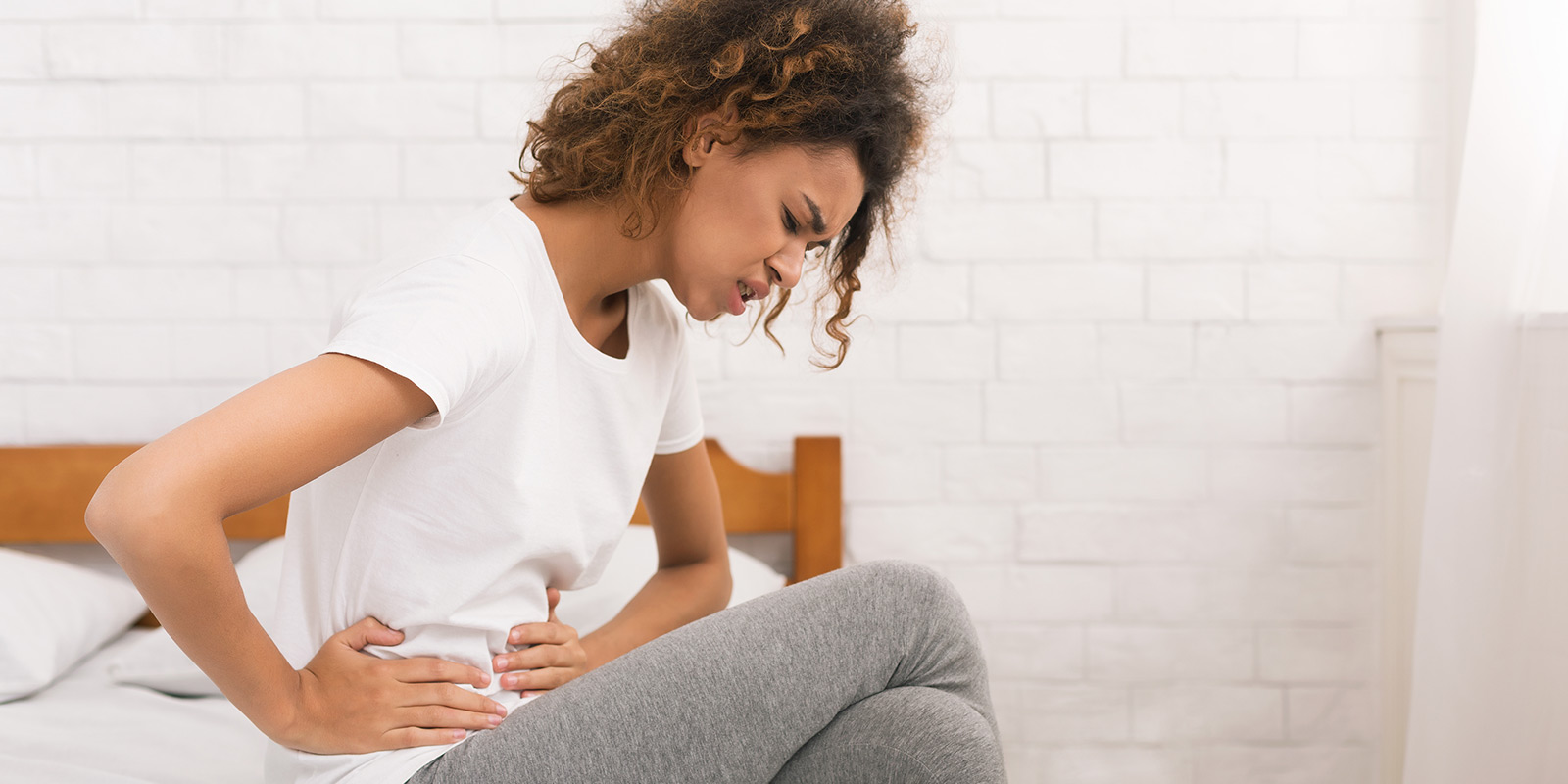Endometriosis: Often misunderstood and undertreated
- Category: General, Women’s Health
- Posted On:
- Written By: Boulder Community Health

Endometriosis Awareness Month
March is Endometriosis Awareness Month, and we think it’s important to bring attention to a disease that, when left undiagnosed and untreated, can slowly and progressively wreak havoc on a woman’s reproductive system, overall health and quality of life.
Endometriosis affects 10-15% of American women of reproductive age. It is especially common among women in their 30s and 40s and may make it harder to get pregnant. Unfortunately, endometriosis often goes undetected for years because the pelvic pain associated with the condition is mistaken for severe menstrual cramps or there may be no symptoms other than an inability to conceive.
About Endometriosis
Endometriosis is a condition in which tissue similar to the lining of the uterus grows outside the uterus. Most often, endometriosis is found on the:
- Ovaries
- Fallopian tubes
- Tissues that hold the uterus in place
- Outer surface of the uterus
Other sites for growths can include the vagina, cervix, vulva, bowel, bladder or rectum.
You might be more likely to get endometriosis if you have:
- Never had children
- Menstrual periods that last more than seven days
- Short menstrual cycles (27 days or fewer)
- A family member (mother, aunt, sister) with endometriosis
- A health problem that blocks the normal flow of menstrual blood from your body during your period
Symptoms of Endometriosis
Many women experience no symptoms. If they do, symptoms of endometriosis can include:
- Pain. This is the most common symptom. Women with endometriosis may have many different kinds of pain. These include:
- Very painful menstrual cramps. The pain may get worse over time.
- Chronic (long-term) pain in the lower back and pelvis.
- Pain during or after sex. This is usually described as a "deep" pain and is different from pain felt at the entrance to the vagina when penetration begins.
- Intestinal pain.
- Painful bowel movements or pain when urinating during menstrual periods. In rare cases, you may also find blood in your stool or urine.
- Bleeding or spotting between menstrual periods. This can be caused by something other than endometriosis. If it happens often, you should see your doctor.
- Infertility, or not being able to get pregnant.
- Digestive problems. These include diarrhea, constipation, bloating or nausea, especially during menstrual periods.
How is Endometriosis Treated?
There is no cure for endometriosis, but several different treatment options can help manage the symptoms or improve your chances of getting pregnant.
Treatment for pain usually involves medication (e.g., hormone therapy and pain medications) or surgery. The approach you and your doctor choose will depend on how severe your signs and symptoms are and whether you hope to become pregnant.
If you hope to become pregnant, surgery to remove the endometriosis implants while preserving your uterus and ovaries may increase your chances of success. Your doctor may also recommend fertility treatment.
Removal of the uterus (hysterectomy) can sometimes be used to treat signs and symptoms associated with endometriosis, such as heavy menstrual bleeding and painful menses due to uterine cramping, in those who don't want to become pregnant.
Talk to your doctor about which treatment is right for you. To make an appointment with a Boulder Women’s Care provider, call 303-441-0587.